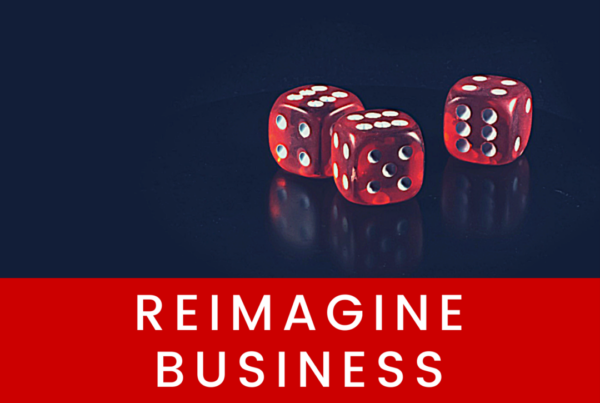
Success does not happen by accident. You must plan for it.
There are 5 key stages in the small business lifecycle. Not every business will go through all 5 stages and not all small businesses will succeed as a result of these stages. However, they are proven stages of small business that are an important part of running the business whether you are doing it from home or from a formal office. Each of these stages must be included in your planning if only at a high level.
The first stage is the start-up or establishment of the business. At this stage, the business is being planned, created and the early days of operation take place. Many businesses never leave or survive this stage and many things can go wrong before you’ve even got a business going strong enough to produce income for you.
Without a solid business plan, it is impossible to get a small business off the ground, running and eventually moving through the next stages of its lifecycle. And you won’t be taken seriously as a business owner if you don’t have a business plan of any kind at all. You don’t need to spend a lot of money on your initial plan or a lot of time documenting it. (We used a simple one-page business plan to drive SMARTSTART.) But you must have a plan of some kind to know what actions to focus on and what not to do with your limited time and resources.
The second stage of small business is the growth period. During this stage, your commitment to your business will be tested as you’ll experience an initial time of negative profit until you begin to break even on your start-up costs and start to show increased revenues that allow your business to truly grow. You may stay in this stage a great many years before deciding to enter the third stage: expansion.
Expansion should only happen when you’ve reached the point at which your business has sufficient revenue that there are no doubts of its survival should you make any mistakes in selecting opportunities for taking on new commitments, challenges and directions. This includes taking on staff, expanding office space, or even investing in equipment to deal with a larger client base. This stage also entails producing more products and new services if necessary.
The fourth stage of small business is maturity. At this point you have a stable business capable of surviving most unforeseen circumstances. You have enough backing, capital and support to pull through an unstable market and can weather an economic downturn for its duration which is typically 5 years, possibly more. Your profits may backslide some, but this will be temporary and not fatal to your business.
The final stage of the small business life cycle is decline. In fact, it is the easiest stage to reach for any business because it is the point where a starting business will fail. About 80% of traditional small businesses end here in their first 2 years of operation. And 99% of online businesses will stay in this situation because in fact they will never get off the ground and make any money regardless of how old they are or how often the web sites are refreshed and tweaked.
Any existing business, even a mature one, can decline in profits, take heavy losses and eventually either fail or cease operations to avoid further losses. As any small business owner can attest, the stages of business are necessary and a normal part of the lifecycle. What changes is how you plan for and manage your way through them.
Remember too that the “stage” you are in is not determined by number of years your business has been in existence. Business is always changing. That’s why the business strategies you plan and use at start-up are not appropriate for the growth, expansion and maturity stages of your business.
Most of you are planning for your business from the start-up stage. Your challenge is to enter the right market and pursue a profitable niche opportunity. You do not want to spread money and time resources too thin. Your focus is on matching the business opportunity with your skills, experience and passions.
You’ll have decided on a legal structure, put your advisors in place and now you are ready to begin preparing your operating plan. What you can expect is that money will disappear faster than you ever thought possible. Most likely that money is going to come from your own pocket with perhaps some help from friends and family. And income, if you have any revenue at all, will come more slowly than you ever feared possible.
In the start-up stage, the emphasis is on creating product, establishing a customer base, and growing your list of prospects and market presence while at the same time you are tracking and conserving your cash. You can only tap the sources of funding in place for so long. So the business models and strategies chosen for generating sales revenue should be focused on your best options and their requirements for achieving and managing all of this opportunity that exists in your world of possibility.
At the same time, concentrate on getting set up and ready for business in a way that makes sense so everything will be in place to support you effectively and efficiently when you do start bringing in sales.
When you are functioning in your business, you’ll be juggling 3 different and often opposing roles: the dreamer (the entrepreneur who comes up with the big ideas), the doer (the technician who has the skills to perform the work) and the controller (the manager who must always be conscious of cost and profitability and who measures success only in terms of return on investment not return on insight).
Success does not happen by accident. Which is why you must plan for it at every stage of your business.



